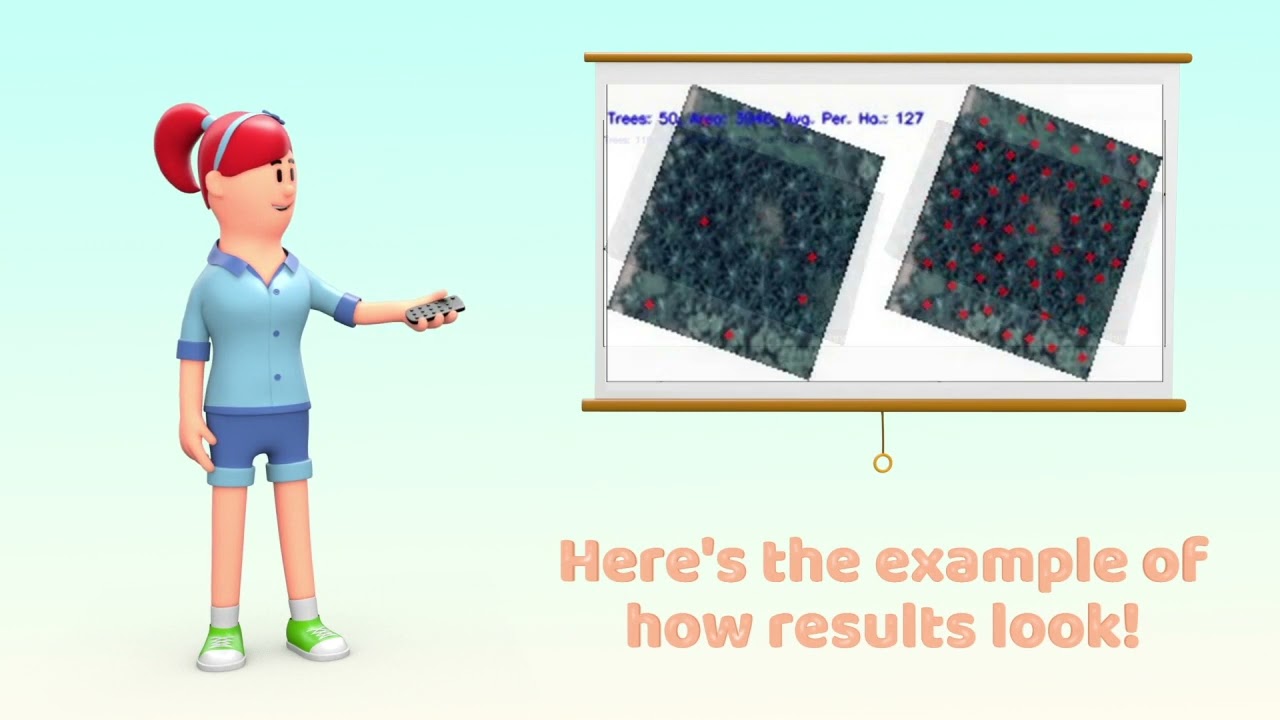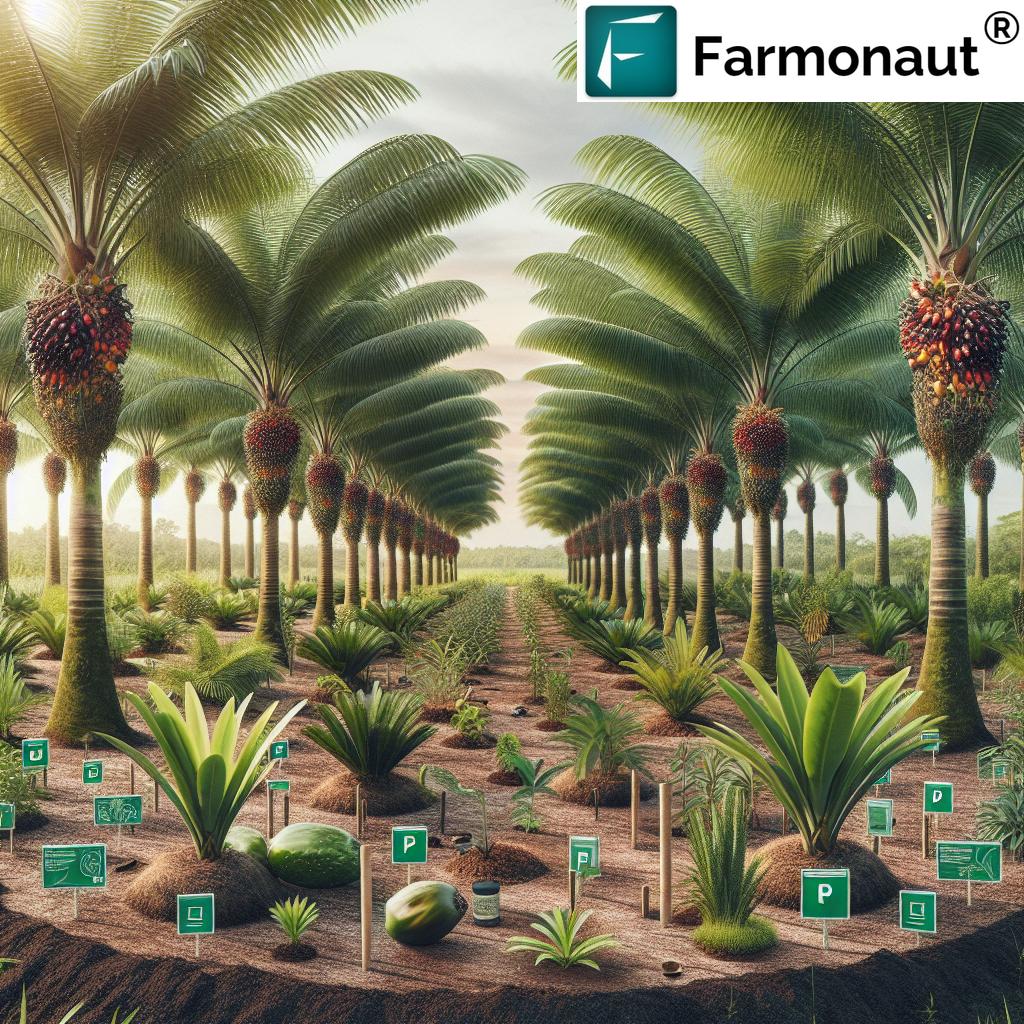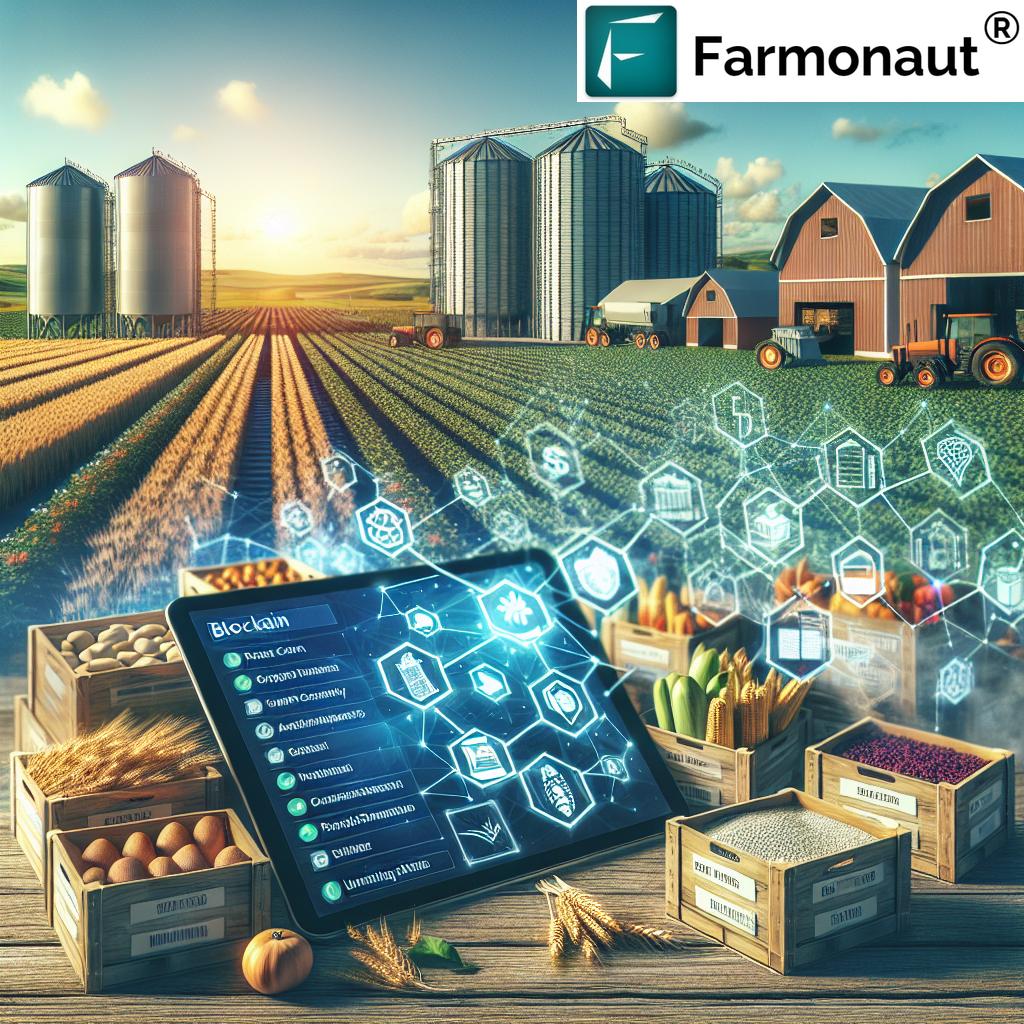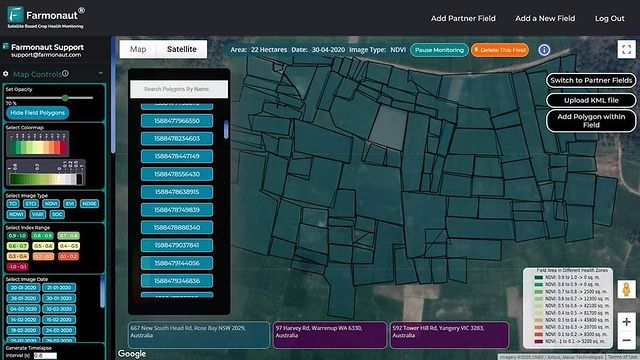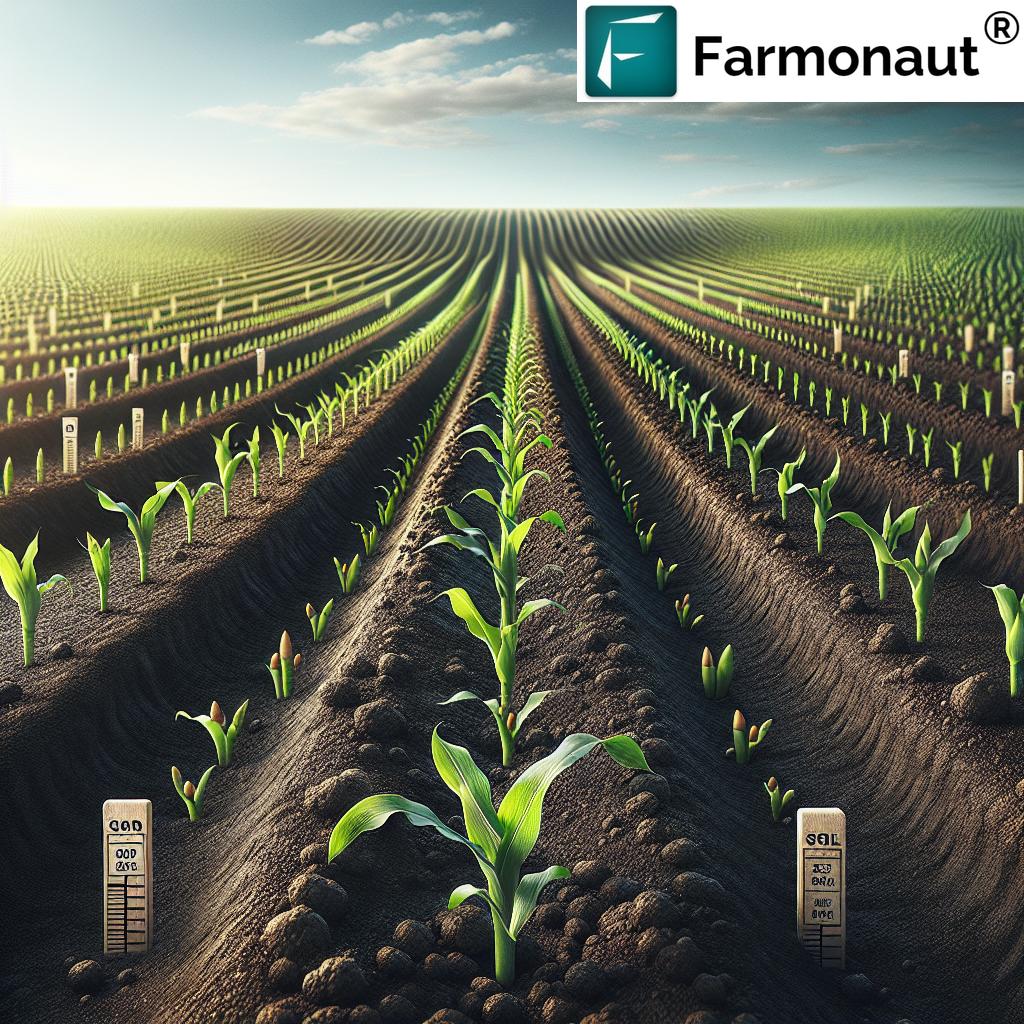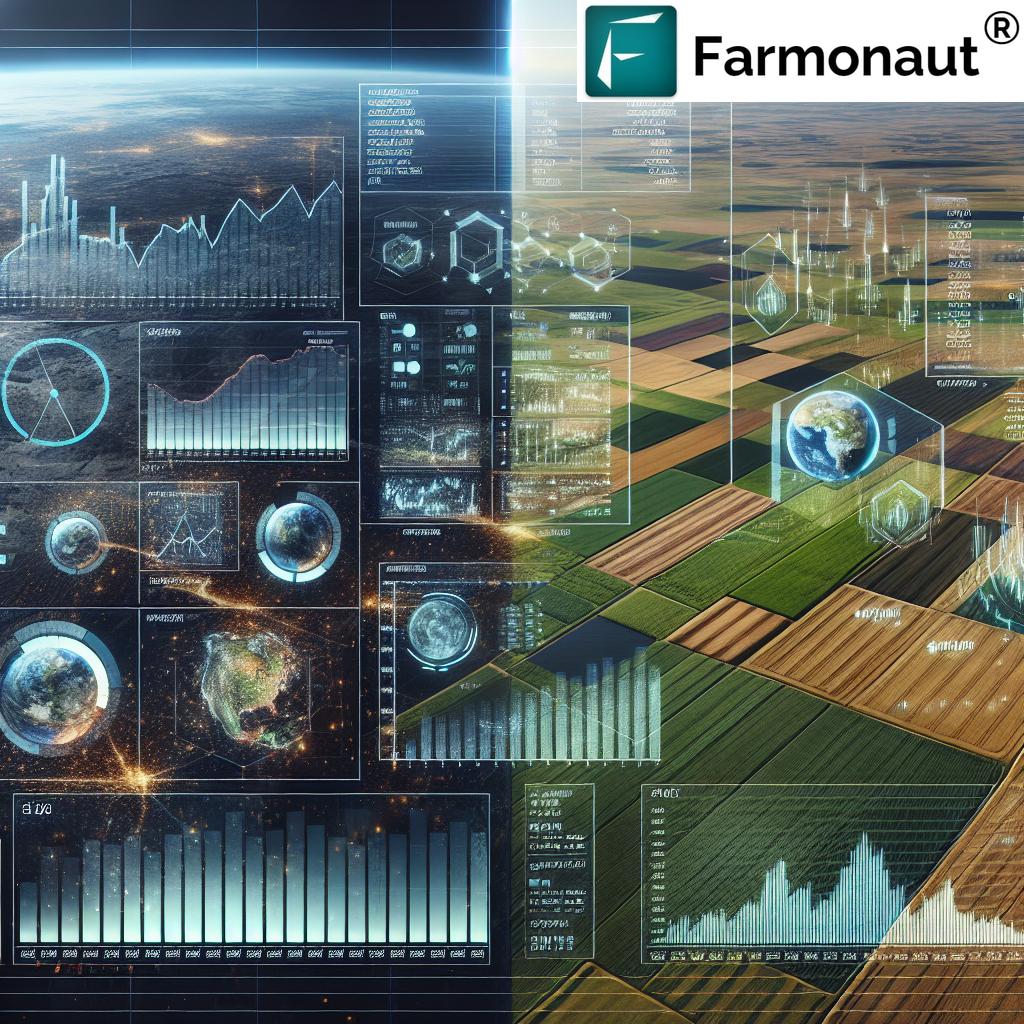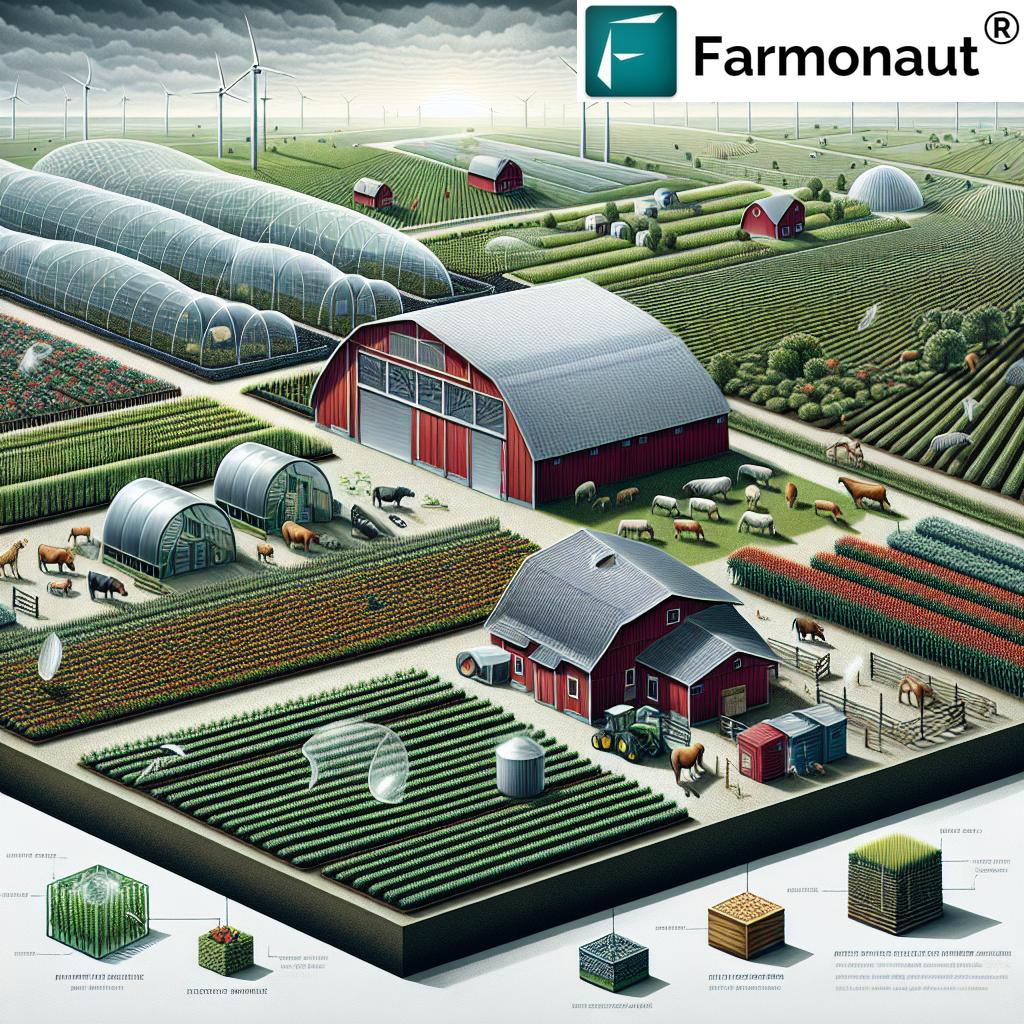Palm Tree Farming: 7 Sustainable Practices for Success
“Sustainable palm farming can increase yield by up to 20% while reducing chemical pesticide use by 30%.”
Introduction: The Role of Palm Tree Farming in Tropical & Subtropical Regions
As we navigate the challenges of modern agriculture, palm tree farming emerges as a major contributor to the agricultural economies of many tropical and subtropical regions worldwide. It encompasses the cultivation of a variety of palm species for an array of valuable products — from food staples like dates and coconuts to primary sources of oil used in cosmetics and biofuels.
This agricultural practice is not only central to local diets and trade, but also to the sustainability and health of the environments in which palms are cultivated. Our exploration will highlight how optimal palm tree farming practices address both productivity and ecological impacts — ensuring that future generations can continue to benefit from these remarkable trees.
Types of Palm Trees and Their Products
When discussing palm tree farming, it’s crucial to recognize the variety of palm species cultivated across the globe, each with its own agricultural requirements and economic importance. Let’s explore three major types and the primary products they provide.
Oil Palm (Elaeis guineensis)
- Cultivated in: Predominantly Southeast Asia (Malaysia, Indonesia), as well as Africa and South America.
- Products: Main source of palm oil (utilized globally in food, cosmetics, and biofuels).
- Requirements/Environments: Thrives in humid climates with consistent rainfall (ideal for tropical regions).
Coconut Palm (Cocos nucifera)
- Cultivated in: Coastal and tropical environments—India, Philippines, Indonesia, and Pacific Islands.
- Products: Coconuts (for food, water, and oil), copra (dried coconut kernel), and coir (fiber from husk).
- Requirements/Environments: Highly adaptable to various environments; exceptional productive lifespan (up to 60+ years).
Date Palm (Phoenix dactylifera)
- Cultivated in: Arid and semi-arid regions, notably the Middle East and North Africa.
- Products: Dates – a staple food in Middle Eastern diets, high in nutrients and energy.
- Requirements/Environments: Prefer sandy loam soils with high pH (8–11) and excellent drainage.
Our goal in palm tree farming is to align the right species with the most favorable soil, water, and climatic conditions to maximize yield and sustainability.
“Oil palm trees thrive in tropical climates, producing fruit year-round with an average yield of 4 tons per hectare annually.”
Palm Tree Farming: Why Sustainable Practices Matter
With global demand for palm products increasing, our focus must shift to sustainable palm tree agriculture that protects soils, maintains yield, and supports healthy ecosystems. Traditional practices—like continuous monocropping and excessive chemical input—can degrade soil health, exacerbate pest pressures, and threaten both biodiversity and farmer revenue over time.
Embracing sustainable practices—from soil testing and drip irrigation to advanced pest management and technological innovations—helps us reduce environmental impact, improve farm profitability, and build resilience against challenges such as climate change. These practices empower farming communities in Southeast Asia, Africa, the Middle East, and other key regions.
7 Sustainable Practices for Palm Tree Success
Now, let’s break down the seven cornerstone techniques for palm tree farming that optimize yield, manage pests, and ensure year-over-year success for farms in tropical and subtropical regions.
1. Soil Testing & Preparation: Optimizing Soil Requirements for Palm Species
- Why? Knowing our starting point is essential for sustainable palm tree cultivation. Soil testing uncovers nutrient imbalances, improper pH, drainage issues, or a lack of organic matter—all key to healthy palm growth.
-
How? We conduct thorough soil tests to assess nutrient levels, organic matter content, and acidity/alkalinity (pH). A typical test measures:
- Nitrogen, phosphorus, potassium, and micronutrient levels.
- Soil pH—adjustments are made if it’s too acidic (liming) or too alkaline (sulfur or organic amendments).
- Soil texture—determines if soil retains sufficient moisture but drains excess water away from roots.
-
Best practices:
- For oil palm, aim for deep, well-drained soils with pH 4–6.
- Date palm farming techniques prefer sandy loam soils (pH 8–11); coconut palms grow well in both alluvial and laterite soils.
- Amend soils based on test results—compost, animal manure, or green manure can improve structure and fertility.
Optimizing soil requirements for palm species underpins higher yields, robust disease resistance, and resource efficiency. Farmonaut’s carbon footprinting tools can help us track and improve soil management to ensure environmental sustainability.
2. Optimal Planting Densities & Spacing: Maximizing Palm Yield Safely
- Lesson: Correct planting density and spacing ensures palms receive enough sunlight and air circulation to support optimal growth and limit disease.
-
Planting Techniques by Species:
- Oil palms: Typically spaced 8–9 meters apart, or 143 trees per hectare, to allow access for maintenance and maximum light penetration.
- Coconut: For successful coconut palm plantation practices, plant 7–8 meters apart or about 177 palms per hectare.
- Date palms: Due to their large canopy and extensive root network, recommended spacing is 8–10 meters between trees.
-
Outcomes: Proper spacing:
- Reduces intra-tree competition for water and nutrients.
- Minimizes spread of disease and pests.
- Facilitates mechanized harvesting and maintenance operations.
Making informed planting decisions based on variety, land size, and local environments forms the backbone of successful palm tree yield improvement methods.
3. Efficient Irrigation Management: Drip Irrigation Systems for Palm Trees
- Irrigation in Palm Tree Farming is essential for steady growth and productivity, especially in regions with unreliable rainfall or pronounced dry seasons.
-
Water Supply Requirements:
- Oil palms require about 150–200 mm of water per day during peak growth.
- Coconut palms and date palms have similar needs, although dates are more drought-tolerant once established.
-
Irrigation Methods:
- Drip irrigation systems for palm trees: Delivers water directly to roots, minimizing evaporation losses, weed growth, and disease spread.
- Micro-sprinklers and basin systems are also utilized, but drip is most economical and sustainable.
- Automation: Use of timers and soil moisture sensors ensures precise, need-based irrigation.
Smart water management conserves precious resources, supports healthy roots, and boosts palm yield while making farming more environmentally friendly.
To further enhance efficiency, integrating Farmonaut’s large-scale farm management tools can help us monitor water usage, schedule irrigation, and cut down on operational costs.
4. Integrated Pest and Disease Control in Palm Plantations
- Pest management is a constant concern due to threats from insects like the Red Palm Weevil (RPW) and fungal diseases.
-
Integrated Approaches:
- Combine biological control (predatory insects, fungi, or bacteria) with cultural practices (removal of infested material, proper sanitation).
- Implement physical traps (pheromone or light traps).
- Use chemical pesticides only as a last resort, and rotate active ingredients to avoid resistance.
-
Modern Technologies:
- The use of Internet of Things (IoT) devices allows us to monitor for signs of pest activity (like RPW) using sensors that detect vibrations or noises from larvae inside palms.
- Early detection = more targeted, environmentally friendly interventions with less crop loss.
These pest and disease control in palm plantations not only decrease reliance on chemicals but also help prevent widespread farm damage. Farmonaut’s crop plantation forest advisory tools offer real-time alerts and AI-driven recommendations, improving our pest management strategies.
5. Organic Matter Management & Composting
- Organic matter additions are vital for restoring and maintaining soil health.
-
Practices:
- Utilize palm residues—fronds, empty fruit bunches, fibers—as compost ingredients.
- Apply composted materials around trees as mulch to preserve soil moisture and reduce weeds.
- Incorporate palm fiber into compost, which has been shown to improve soil structure and fertility.
-
Environmental Benefits:
- Recycles nutrients locally on the farm, reducing need for synthetic fertilizers.
- Shrinks waste and prevents air and water pollution from burning residues.
- Palm fiber compost also supports erosion control and biodegradable packaging, extending its ecological impact.
This approach aligns with our mission of sustainable palm tree agriculture by balancing farm productivity with resilience and ecological protection.
6. Intercropping and Agroforestry: Boosting Biodiversity in Palm Plantations
- Intercropping: Growing different crops between rows of palms (examples: legumes, vegetables, or fruit trees) to use space efficiently and reduce input costs.
- Agroforestry systems incorporate trees, shrubs, or mixed orchards—helping restore and support biodiversity (tropical and subtropical crop management).
-
Advantages:
- Enriches habitat for beneficial insects, birds, and other wildlife.
- Improves soil health by diversifying root types and organic matter input.
- Provides risk mitigation and additional income streams for farmers.
- Supports greater climate resilience for crop production.
Mixed farming systems using palms and intercrops (as seen in Malaysia and Southeast Asia) highlight measurable improvements in biodiversity and ecosystem services, compared to monoculture oil palm plantations.
7. Utilizing Technology and Data: Precision Solutions for Palm Tree Yield Improvement Methods
-
Satellite-based monitoring and AI-advisory platforms (such as Farmonaut) empower us to make smarter, data-driven decisions for every aspect of palm tree farming:
- Monitor vegetation health, detect pest hotspots, and assess soil moisture with multispectral images.
- Receive personalized AI recommendations for irrigation, fertilization, and pest/disease control.
- Utilize blockchain-based traceability solutions to prove sustainability of palm products — crucial for gaining consumer and market trust.
- Analyze trends and adopt new palm tree yield improvement methods rapidly across vast plantations or smallholder plots.
- Advanced resource management and fleet tracking (see Farmonaut’s Fleet Management module) further streamline plantation operations.
Precision technology and digital platforms maximize resource use, reduce input waste, and improve decision-making in all types of palm cultivation.
Comparison Table: Sustainable Practices for Palm Tree Farming
| Sustainable Practice | Estimated Yield Increase (%) | Pest Reduction Effectiveness | Soil Health Improvement | Water Usage Change (%) | Potential Ecological Impact |
|---|---|---|---|---|---|
| Soil Testing & Preparation | 10–15 | Medium | High | Neutral | Positive |
| Optimal Planting Density & Spacing | 8–12 | Medium | Medium | Neutral | Positive |
| Efficient Drip Irrigation | 10–20 | Low | Medium | -40 to -60 | Positive |
| Integrated Pest & Disease Control | 5–8 | High | Medium | Neutral | Positive |
| Organic Compost Application | 7–14 | Medium | High | Neutral | Positive |
| Intercropping & Agroforestry | 10–15 | High | High | Neutral | Positive |
| Precision Technology & Data Integration | 15–25 | High | High | -10 to -30 | Positive |
Economic Considerations in Palm Tree Farming
Effective palm tree farming, when aligned with sustainable practices, can be highly profitable—particularly in Southeast Asia, the Middle East, and parts of Africa. Let’s examine some vital economic aspects:
- Oil palm cultivation: Planting 80–90 trees per acre, with proper management, can generate robust long-term income. As trees reach full maturity (~7 years), yield per tree increases, driving up profits.
- Date palm: For example, in Saudi Arabia, the date palm industry is a backbone of the agricultural GDP, with thousands employed across the production and supply chain.
- Intercropping: Integrating short-duration annual crops or perennial fruit trees provides diversified revenue streams before palms reach full productivity.
- Export markets: High demand for certified sustainable palm oil (for food, cosmetics, and biofuels) and dates creates export opportunities—if traceability and ecological credentials are verifiable. (learn about product traceability solutions)
Investing in improved resource management (e.g. Farmonaut’s fleet management system), digital tools, and sustainability certifications can help us access premium markets, lower operational costs, and mitigate climate or pest-related risks.
Challenges & Future Outlook for Palm Tree Farming
Despite the immense potential of palm tree farming, we face persistent challenges:
- Climate change: Temperature extremes, erratic rainfall, and increased frequency of droughts/floods affect palm growth, yield, and pest/disease dynamics.
- Pest and disease pressure: New and evolving pests (like RPW) adapt quickly; monoculture systems are particularly vulnerable.
- Soil degradation: Long-term monoculture can deplete soil nutrient levels, organic matter, and worsen erosion.
- Market and certification requirements: Buyers increasingly demand traceable, sustainably grown palm products.
Future Directions
- Regenerative agriculture: Integrating diverse crops, reducing agrochemical reliance, and restoring ecosystem health (as seen in emerging projects in Sumatra/Aceh Tamiang).
- Technology innovation: Satellites, IoT, and AI becoming accessible to farmers of all scales for smarter resource use.
- Policy and access to finance: Satellite-aided crop verification (see crop loan and insurance tools) improve access to capital and insurance safety nets.
By adopting sustainable palm farming practices and digital solutions, we can secure both immediate farm profitability and the long-term ability of our land to produce nutritious, marketable palm products.
Farmonaut Subscription Plans
How Farmonaut Empowers Sustainable Palm Tree Agriculture
As a global leader in accessible precision agriculture, Farmonaut delivers satellite-based, AI-powered solutions tailored for palm tree farmers and plantation managers across tropical and subtropical regions.
- Satellite crop health monitoring: Track crop health, soil moisture, and vegetation indices to make informed management decisions.
- Jeevn AI advisory: Get personalized farm advisories, including weather forecasts and actionable crop management insights, boosting yield and resilience.
- Blockchain traceability: Secure and verify the journey of your palm products from plantation to consumer—critical for export and food safety.
- Resource and fleet management: Optimize logistics and machinery usage, cut operational waste, and support cost-effective, scalable growth.
- Carbon footprinting: Monitor and reduce environmental impacts, meeting sustainability goals and regulatory requirements.
We provide services via the Farmonaut mobile & web application (Android, iOS, browser), as well as through API and developer documentation to integrate data into your own farm management systems.
FAQ: Palm Tree Farming & Sustainable Practices
-
What is the best soil type for oil palm cultivation?
The best soils for oil palm are deep, well-drained, with pH between 4 and 6 and good organic matter. Avoid waterlogging and salinity. -
How far apart should coconut palms be planted?
For optimal airflow and light, coconut palms should be spaced 7–8 meters apart (about 177 trees per hectare). -
How do I detect and manage red palm weevil infestations?
Early detection is possible using IoT and sensor devices to monitor vibrations (larvae activity). Remove and destroy infested palms, use pheromone traps, and consider biological control agents to limit chemical use. -
What is drip irrigation and why is it preferred in palm plantations?
Drip irrigation delivers water directly to the plant’s root zone, reducing waste, disease risk, and supports efficient palm water management, especially in regions with limited rainfall. -
Can I plant vegetables between my palm trees?
Yes! Intercropping palms with vegetables, legumes, or short-lived fruit trees enhances soil health, diversifies income, and increases biodiversity. -
How can technology (like Farmonaut) help palm tree farmers?
Farmonaut’s platform offers real-time crop health insights, pest/disease monitoring, weather forecasts, and carbon tracking to maximize yield, minimize losses, and support sustainable practices without heavy upfront investments in hardware.
Conclusion: Shaping the Future of Palm Tree Farming
Palm tree farming is a dynamic, multifaceted discipline, weaving together species selection, advanced cultivation techniques, and sustainable management for the benefit of farms, communities, and ecosystems worldwide.
- By embracing sustainable palm tree agriculture—from precise soil and water management and integrated pest control, to resource recycling and digital monitoring—we ensure thriving yields and resilient, biodiverse landscapes.
- Technologies like Farmonaut bring these methods within reach of every farmer, fostering productivity, profitability, and transparency at scale.
Whether we are managing a smallholder plot in Southeast Asia, a large oil palm estate in Africa, or an arid date palm grove in the Middle East, the future rests on continuous learning, adaptation, and collaboration grounded in data and best practices.
With the right blend of knowledge, innovation, and stewardship, we can deliver nutritious, sustainable palm products for generations to come—improving livelihoods, nurturing soils, and safeguarding our shared environment.
Ready to implement the most advanced, sustainable palm tree farming practices?
Explore the Farmonaut app and start your journey toward higher yields, soil health, and ecological balance today.



